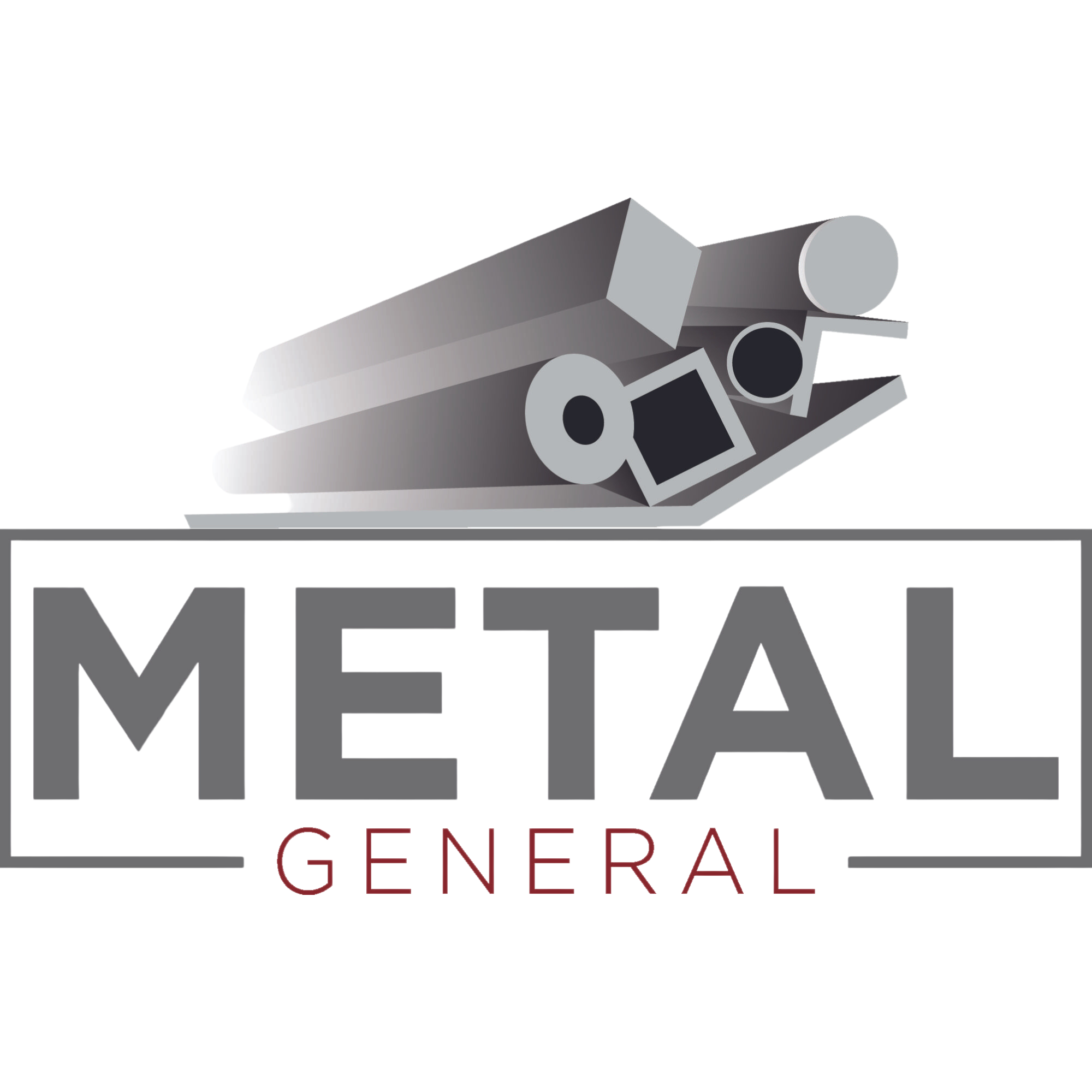22820 Interstate 45 N
Unit 1E, Spring, TX 77373
832-380-0331
Customer Inquiries
Monday - Friday
9:00AM - 5:00PM
22820 Interstate 45 N
Unit 1E, Spring, TX 77373
832-380-0331
Customer Inquiries
Monday - Friday
9:00AM - 5:00PM

What is a Ferrous Metal?
Ferrous metals have a large percentage of iron in their composition. This gives them relatively high amounts of strength when compared to metals with other alloys (e.g., tin, led, copper, etc.). Ferrous metals are hard and magnetic, but if not coated or alloyed with other elements, will rust.

What is the difference between Hot Rolled Steel and Cold Rolled Steel?
The difference between hot rolled steel and cold rolled steel comes from how the metal is processed. Hot rolled steel is cheaper because its manufacturing process does not involve delays that require reheating steel for further processing. Hot rolled steel cools and shrinks during manufacturing which leads to a less precise size and shape. Cold rolled steel, on the other hand, is further processed to create finer tolerances with a variety of surface finishes.

What is the difference between Tube and Pipe?
Tubes are measured by an outside diameter and wall thickness. They come in a variety of round, rectangular, or square sizes. Tubes have a flash weld from manufacturing that must be considered during telescoping applications. Despite being stronger than pipes, tubes can be shaped relatively easily. They are available in hot rolled and cold rolled steel and are normally used in structural applications.
Pipes, on the other hand, are measured by their inner diameter and wall thickness “schedule”. Pipes are always round and are typically available in larger sizes than tubes. They do not have a flash weld. Pipes usually require special equipment for shaping due to their rigidity. They are pressure rated, typically made from hot rolled steel, and used for the transfer of fluids or gas.

What is the difference between Seamless Tube, ERW, and DOM?
Seamless mechanical tubing is manufactured through an “extrusion” process in which solid steel bar is pierced through the center using a die. This turns the solid round bar into a round tube. Hot finished seamless (HFS) has low critical tolerances and a scaly finish. However, this cost effective material comes in a wide range of sizes. Cold drawn seamless (CDS), on the other hand, has precise tolerances and a superior surface finish. It offers superior machinability with increased dimensional tolerances and a high strength to weight ratio.
Electric resistance welded (ERW) tubes are manufactured using a welding process that involves both spot and seam welding. To manufacture square, rectangular, or round tubing, a steel strip is unwound from coils and trimmed to control width and prepare the edges for welding. The strip is passed through a series of rollers which form the material into the desired shape. The edges are forced together under pressure and welded. This creates a flash weld both inside and outside the tube. Once the weld is tested, the outer flash weld is removed and the tube passes through sizing rolls to attain the precise final size.
Drawn over mandrel (DOM) tube follows the same initial manufacturing steps as ERW. The difference comes during the finishing stages where the entire flash weld is removed and the tube is drawn over a mandrel. This cold drawn process leads to the strongest weld strength achievable, better dimensional tolerances, and an improved surface finish.
